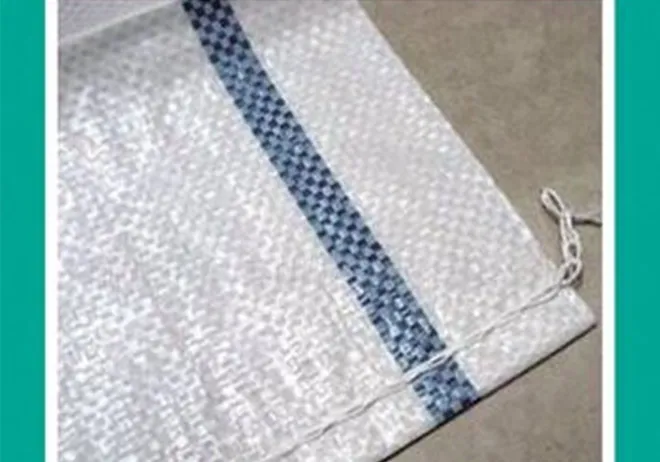cnc leather sewing machine
Exploring CNC Leather Sewing Machines Revolutionizing the Leather Crafting Industry
In recent years, the leather industry has witnessed a significant transformation thanks to advancements in technology. Among the most revolutionary innovations is the CNC (Computer Numerical Control) leather sewing machine. These machines are not only enhancing productivity but also ensuring precision and consistency in leather crafting—a combination that is crucial for both manufacturers and artisans alike.
What is a CNC Leather Sewing Machine?
A CNC leather sewing machine is an automated system that utilizes computer-directed controls to sew leather. Unlike traditional sewing machines that require manual adjustments, CNC machines operate based on programmed commands, allowing for intricate designs and repetitive tasks with minimal human intervention. This technology is beneficial for producing items like handbags, wallets, belts, and footwear, where precision and repeatability are essential.
Key Features
1. Precision and Consistency One of the most significant advantages of CNC leather sewing machines is their ability to provide consistent stitch quality. The computer-controlled mechanism allows for precise movements, ensuring that each stitch is uniform, which is paramount in leather goods where even the slightest imperfection can affect aesthetics and durability.
2. Customization and Versatility CNC machines offer designers the ability to create customized patterns and styles effortlessly. With software integration, users can design their patterns digitally and feed them into the machine, reducing lead times and increasing innovation in product development. This versatile application is particularly appealing to small manufacturers and artisans who wish to offer unique products.
3. Efficiency and Productivity Compared to manual sewing, CNC machines significantly boost production speed. This increased efficiency translates to lower labor costs and higher output rates, which can be crucial for businesses trying to meet rising demand without compromising quality.
4. Reduced Labor Intensity The automation of leather sewing processes helps reduce the physical strain on workers. Tasks that once required skilled artisans can now be entrusting to machines, allowing skilled labor to focus on more complex aspects of leather goods crafting, such as design and quality control.
cnc leather sewing machine

5. Integration with Other Technologies Modern CNC leather sewing machines can be integrated with CAD (Computer-Aided Design) systems. This integration allows for seamless transitions from design to production, making it easier to bring innovative ideas to life. With CAD technology, designers can visualize their concepts, make adjustments in real-time, and then send the finalized design to the sewing machine for production.
Impact on the Leather Industry
The introduction of CNC leather sewing machines has transformed the leather industry, influencing everything from the types of goods produced to the way that businesses operate. The ability to produce high-quality leather products quickly and efficiently has allowed companies to scale their operations. Small businesses can now compete with larger manufacturers, as CNC technology levels the playing field by providing access to sophisticated machinery that was once reserved for industry giants.
Moreover, the focus on sustainability in recent years has compelled manufacturers to seek workflows that reduce waste. CNC machines, with their precision cutting techniques, can significantly minimize material waste compared to traditional methods, aligning with eco-friendly practices that are increasingly important to consumers.
Challenges and Considerations
Despite the remarkable advantages, transitioning to CNC technology does come with challenges. The initial investment for CNC machines can be substantial, which may be a barrier for small businesses. Additionally, the learning curve associated with operating and programming these machines requires training and expertise.
Furthermore, while CNC machines streamline many aspects of production, the artisanal touch remains irreplaceable. Skilled artisans add value through their craftsmanship, knowledge of materials, and attention to detail, which cannot be fully replicated by machines. Therefore, a harmonious blend of technology and artisanal skills often yields the best results in leather crafting.
Conclusion
CNC leather sewing machines are undeniably revolutionizing the leather industry, offering unparalleled precision, efficiency, and innovation. As technology continues to evolve, those within the leather crafting community must adapt and find ways to integrate these machines while maintaining the artistry that defines quality leather goods. Embracing this change can lead to new opportunities and a bright future for both manufacturers and artisans in the ever-evolving world of leather craftsmanship.
-
Heavy Duty Leather Sewing Machine: A Must-Have for Professional LeatherworkNewsMay.28,2025
-
Leather Sewing Machine: Essential for High-Quality LeathercraftNewsMay.28,2025
-
Extra Heavy Duty Sewing Machine for Premium Leather ApplicationsNewsMay.28,2025
-
Walking Foot Cylinder Arm Sewing Machine: Precision and Power CombinedNewsMay.28,2025
-
Industrial Cylinder Arm Sewing Machine: Engineered for High-Performance StitchingNewsMay.28,2025
-
Cylinder Bed Sewing Machine: A Powerful Solution for Precision StitchingNewsMay.28,2025
-
Zigzag Sewing MachineNewsMay.12,2025





























